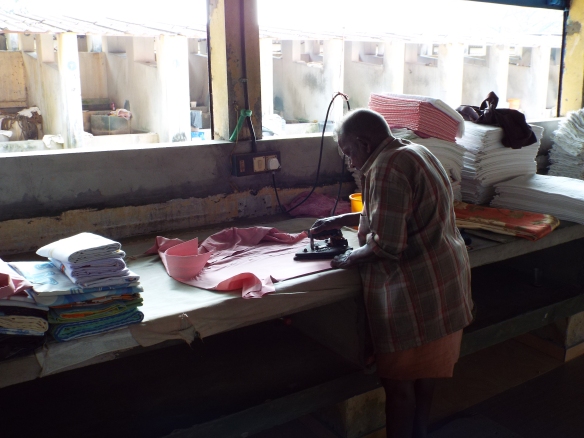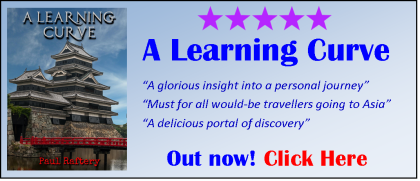After a sleepless night, we headed out on to the burning hot streets of Kerala. The town wasn’t what I expected. With so much Dutch history, I thought it would have been more of a European looking town, much the same as Melaka in Malaysia. All credit to the Indian people though for maintaining a distinctively Indian style, though sadly this meant that everything was crumbling and was in need of a good coat of paint.
Walking the streets, it seemed like what I would imagine Jamaica to be like, with lots of examples of reds and greens splashed around the place. Coconut trees can be seen everywhere, which in my opinion is the best feature of the place. Kerala actually means ‘Coconut Land’.
There didn’t seem to be as many people as I have seen in other parts of India, I would say around a 3rd less people walking the streets. It is also a lot cleaner than other parts of India, though there is still rubbish dumped all over the place. In a way Sonny got off lightly, as Fort Cochin is what I would call ‘India light’. There’s very little in the way of homeless people and absolutely no beggars whatsoever.
We decided to stop in a little hotel for a cup of coffee and hide away from the heat of the day. Afterwards we were approached by a guy, who I shall name Rupert, because I can’t remember his real name.
Rupert told us about all the places he will take us in his Tuk Tuk for only 200 Rupees; he neglected to tell us about all of the ‘extras’ he was going to take us to. I should have known better; in fact, I did know better, but Sonny insisted. He took us to lots of shops trying to sell us overpriced souvenirs and ornaments. He took us to spice factories, scented oil factories and the like.
To be honest, it wasn’t too bad, but after a few hours of it, I was beginning to wane a little. I’d only had around 3 hours sleep and really didn’t fancy anymore shops.
Throughout the day he took us to a couple of semi-interesting places, such as the Dutch Palace, which wasn’t really a palace but rather a mansion. Inside was a museum, though I saw little information referring to any Dutch settlement in the past, but what the Indian people had used the building for since the Dutch had left India. There was strictly no photography, which I just thought was petty, and there wasn’t anything of interest to photograph anyway, just a knackered old building with little interesting history – well to my western eyes anyway.
To me, he took us to a lot of ‘fillers’ trying to clock up as much time as possible, so that we’d give him more money though, Rupert was a good guy and, we had a bit of a laugh with him. He took us to lots of old colonial buildings that had been derelict for many years, and held little interest to me at the time. Though the more I delve in to British colonial history throughout Asia, the more I become interested in it.
He took us to what I can only describe as the biggest laundry operation I’ve ever been to. All the clothes were hand washed by beating them against a hard surface before being dried in the sun. They are then pressed with industrial Irons, which looked like they were once heated by a fireplace, but have since been converted to except electricity, which of course is not the case, I hope. I didn’t like the place. I’ve never felt comfortable putting people under a spotlight and taking photographs of them going about their daily lives, especially in places of business or worship, but I figured they’re used to it so what the hell.
All in all it was a good day but, like most sightseeing I’ve done on this trip so far, I was robbed of the full enjoyment of the day because I wasn’t feeling 100%.





